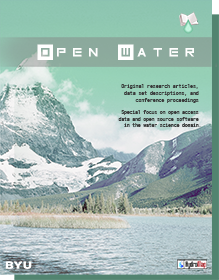Article Title
Keywords
geospatial model, geomorphic response unit, Similkameen River
Abstract
A geospatial model was been developed in order to rapidly characterize fluvial geomorphological features associated with the fish resources in a river system. The model uses four easily-quantified geospatial attributes – channel width, plan view sinuosity, longitudinal slope and fractal dimension – for classifying a stream channel into geomorphic response units (GRUs), which are the key working elements of the geospatial model used in this work. Using the geospatial model, a total of five GRUs were defined along the river channel. The model framework was tested using data from a 1983 fish survey conducted along the Canadian portion of the Similkameen River. Five fish species were sampled in that survey: rainbow trout, mountain whitefish, sculpin, longnose dace and bridgelip sucker. A hierarchical clustering analysis was conducted using the fish survey data, with good correlation being observed between the fish data clusters and geospatial model GRUs. It is concluded that, on the basis of the work reported herein, the geospatial modelling approach provides a simple, rapid tool for a priori classification of the fish resources in a stream.
BYU ScholarsArchive Citation
Liu, Ning; Harwood, Andrew; Kells, James; and Lindenschmidt, Karl-Erich
(2017)
"A geospatial model for characterizing the fish resources of the Similkameen River, British Columbia, Canada,"
Open Water Journal: Vol. 4:
Iss.
1, Article 10.
Available at:
https://scholarsarchive.byu.edu/openwater/vol4/iss1/10
